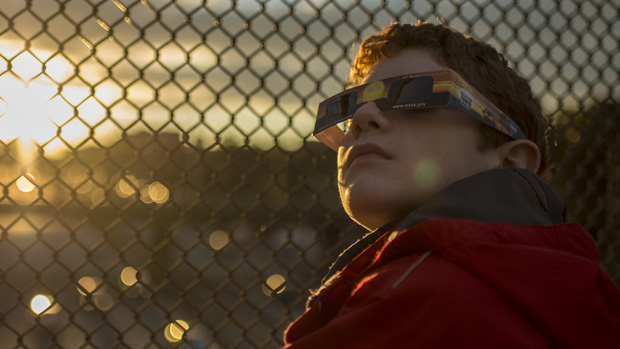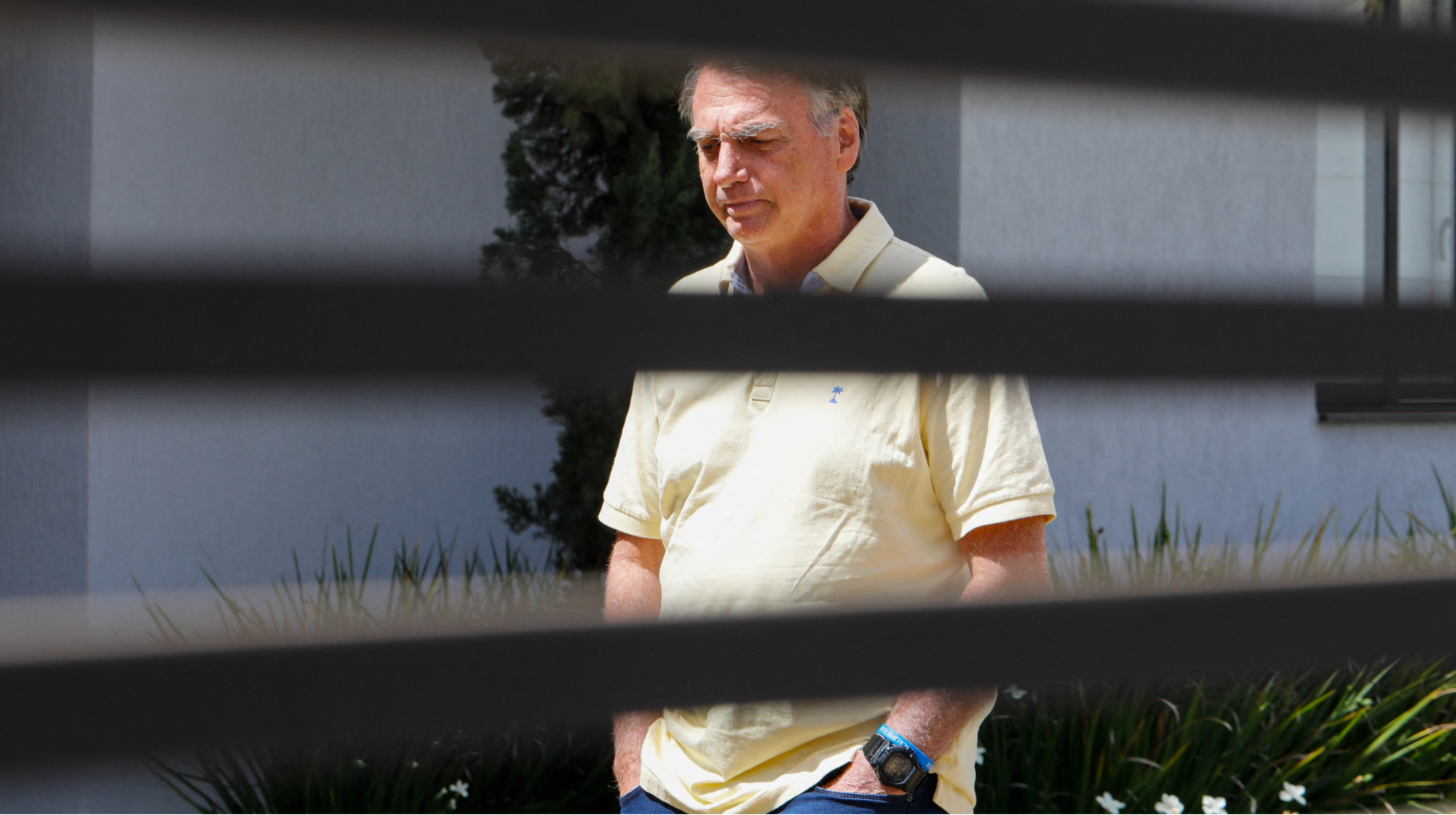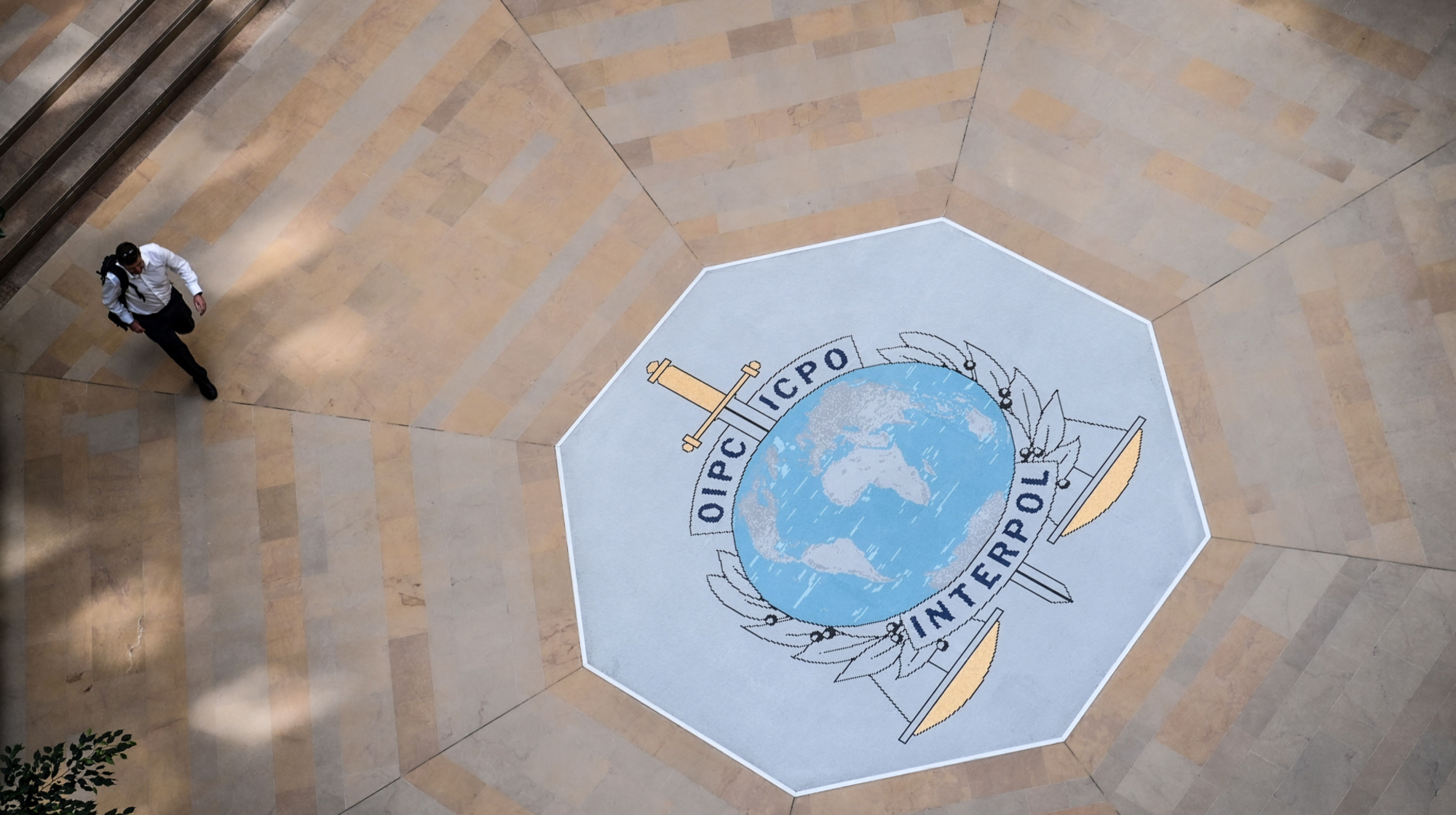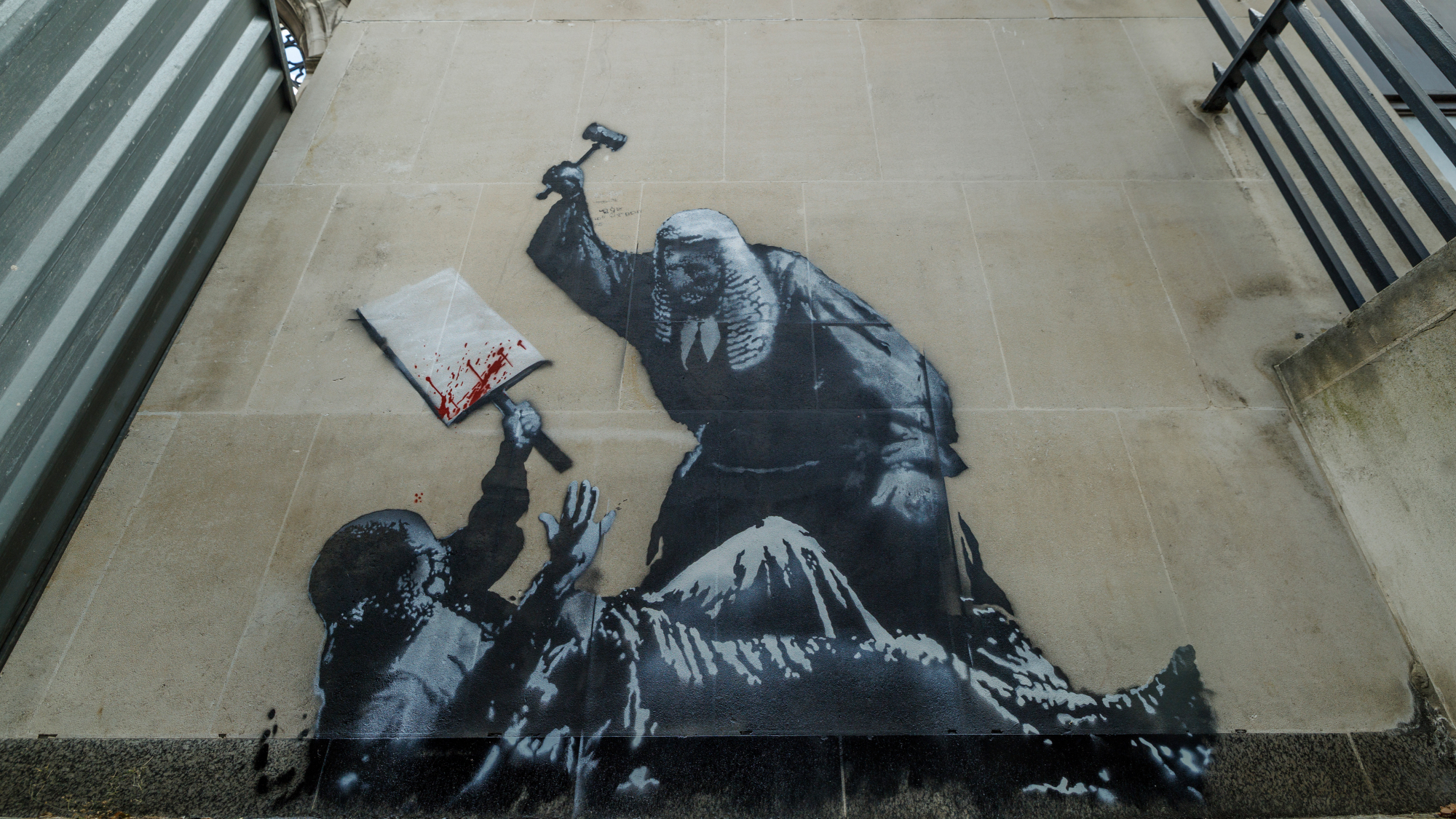Solar eclipse: Millions await first US total eclipse in a century
Eclipse-chasers primed for 'most- watched' solar eclipse in history

Millions of eclipse-chasers are heading to viewing spots across the US for a 140-second celestial phenomenon: the 2017 total solar eclipse.
Nasa says it may be the most-viewed eclipse in history if two per cent of those living within 200 miles of the "zone of totality" (the blackout zone) turn their eclipse glasses upward to see the sun's shimmering corona.
Oregon, the first state to see the eclipse at 10.16am PDT (6.16pm BST), expects a million visitors and has called out the National Guard to help emergency services. One of the best viewing spots is the high desert in Madras, Oregon, where the population jumped from 6,000 to 100,000 over the weekend.
The Week
Escape your echo chamber. Get the facts behind the news, plus analysis from multiple perspectives.

Sign up for The Week's Free Newsletters
From our morning news briefing to a weekly Good News Newsletter, get the best of The Week delivered directly to your inbox.
From our morning news briefing to a weekly Good News Newsletter, get the best of The Week delivered directly to your inbox.
British eclipse-chasers are paying £2,500 or more for a one-week trip and airfare. Tom Morrison, a British accountant from Darlington, and his wife travelled to Oregon for their eighth total eclipse.
"We've rearranged our life to track eclipses across the globe, and whenever we get the chance to go and see one, we take it," he told The Independent. "We're just hooked."
When the totality strikes Oregon it will be moving at 2,955 mph, according to eclipse2017.org.
From Oregon, the shadow of the moon will race across a 70-mile wide swathe of the US for 90 minutes, reaching South Carolina's Atlantic shore at 2.46pm EDT.
A free daily email with the biggest news stories of the day – and the best features from TheWeek.com
Amy Templeman from Canada has been planning her eclipse trip for five years and decided Missouri was the best spot. The forecast is partly cloudy, however, and she's worried.
"It's just kind of nerve-wracking," she told CBC television.
The zone of totality includes about a dozen states that experience a complete blackout at the eclipse's peak. Mary Jo Stevenson-Fullen travelled from Hawaii to Madras, Ohio, for today's event. She still regrets the cloud cover that prevented her from seeing Hawaii's total eclipse in 1992.
"I'm just so excited and praying that I get to see that this time," she told Sky News.
The last total solar eclipse in the US occurred 99 years ago.
The Solar eclipse: what you need to know
What causes a solar eclipse?
Eclipses occur due to the coincidence of the moon and the Sun being the same "angular size", Nasa says. The Sun is 400 times wider than the moon, but also 400 times further away, so they appear to be the same size in our sky. People at the centre of the shaded area experience a total solar eclipse. Those nearer the edge of the shadow see a partial eclipse, which leaves a portion of the Sun visible.
"If you're in the bull's eye center of the moon's shadow, known as the totality, the sky will go dark for a few minutes in the middle of the day. The temperature will drop, stars will appear, and birds will become confused and start chirping their nighttime songs" Vox news reports.
How can I watch it from outside the US?
Viewers anywhere in the world can watch Nasa's live stream starting at 5pm BST. A full list of social media channels and links can be found on Nasa's website. The eclipse itself starts at 6.16pm UK time in Oregon and finishes in South Carolina 90 minutes later.
Nasa has also posted maps, animations and videos showing the path of the eclipse, including an interactive PDF map and an interactive map showing the landfall of the eclipse in Oregon.
Will I go blind?
"The problem is that the sun's surface is so bright that if you stare at any portion of it, no matter how small, it produces enough light to damage individual retinal cells," says Nasa. "It takes a few seconds for this to happen, but afterwards you will see a spot as big as the solar surface you glimpsed when you look away from the sun at some other scenery."
Those viewing an eclipse in person should never look directly at the Sun or they risk serious eye damage. Experts advise fashioning a pinhole projector, using two sheets of paper and a sharp pin. Dedicated astronomers could use a telescope with special filters.
Which eclipse glasses are safe?
The American Astronomical Society and Nasa certify glasses made by 12 companies as safe for use. They should all have the "ISO" icon and reference number 12312-2, says USA Today.
Does this mean the end of the world is nigh?
The so-called "Great American Solar Eclipse" is the first total eclipse to cross the US coast to coast in 99 years and hardline evangelical Christians consider it to be a sign of the end of the impending apocalypse, the second coming of Christ and the rapture.
Pastor Paul Begley, host of the US radio show Coming Apocalypse, says today's eclipse could fulfil a prophecy in the book of Joel: "The sun shall be turned to darkness before the Day of the Lord come." According to the Daily Express, Begley said "somebody sound the trumpet" because the eclipse may mean "we are living in the last days."
When is the next solar eclipse?
A total solar eclipse occurs somewhere in the world about every 18 months. The next one is expected on 2 July 2019 over the Southern Pacific, Chile and Argentina.
-
 How Bulgaria’s government fell amid mass protests
How Bulgaria’s government fell amid mass protestsThe Explainer The country’s prime minister resigned as part of the fallout
-
 Femicide: Italy’s newest crime
Femicide: Italy’s newest crimeThe Explainer Landmark law to criminalise murder of a woman as an ‘act of hatred’ or ‘subjugation’ but critics say Italy is still deeply patriarchal
-
 Brazil’s Bolsonaro behind bars after appeals run out
Brazil’s Bolsonaro behind bars after appeals run outSpeed Read He will serve 27 years in prison
-
 Americans traveling abroad face renewed criticism in the Trump era
Americans traveling abroad face renewed criticism in the Trump eraThe Explainer Some of Trump’s behavior has Americans being questioned
-
 Nigeria confused by Trump invasion threat
Nigeria confused by Trump invasion threatSpeed Read Trump has claimed the country is persecuting Christians
-
 Sanae Takaichi: Japan’s Iron Lady set to be the country’s first woman prime minister
Sanae Takaichi: Japan’s Iron Lady set to be the country’s first woman prime ministerIn the Spotlight Takaichi is a member of Japan’s conservative, nationalist Liberal Democratic Party
-
 Russia is ‘helping China’ prepare for an invasion of Taiwan
Russia is ‘helping China’ prepare for an invasion of TaiwanIn the Spotlight Russia is reportedly allowing China access to military training
-
 Interpol arrests hundreds in Africa-wide sextortion crackdown
Interpol arrests hundreds in Africa-wide sextortion crackdownIN THE SPOTLIGHT A series of stings disrupts major cybercrime operations as law enforcement estimates millions in losses from schemes designed to prey on lonely users


